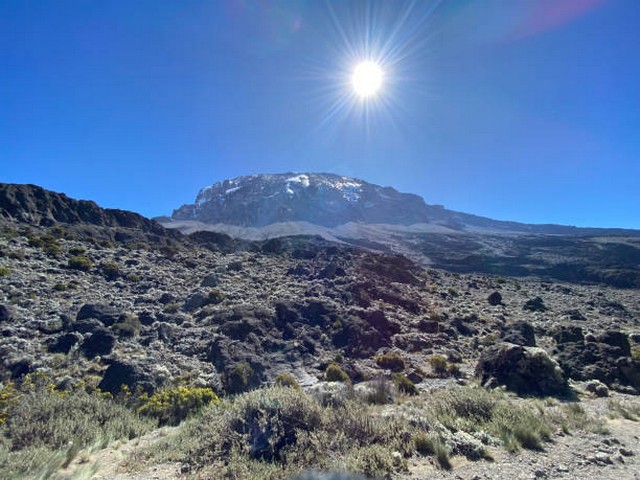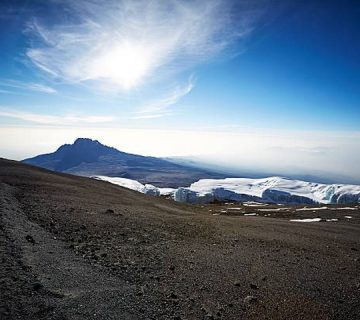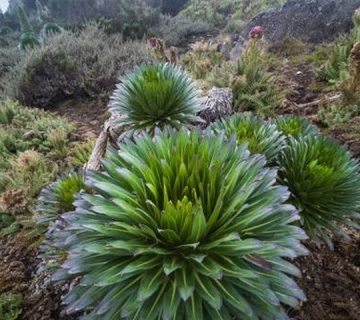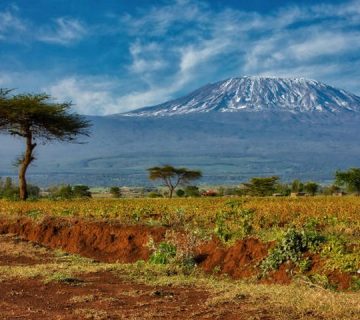Staying Hydrated On Kilimanjaro: Tips For Trekkers
Embark on a Journey of Hydration Mastery with KCTE!
Ascending the majestic Mount Kilimanjaro is not just a physical challenge; it’s a voyage that tests your resilience and preparedness at every altitude. Among the critical elements of a successful climb, hydration stands paramount. Why? Because as you trek towards the cloud-piercing peak of Kilimanjaro, maintaining optimal hydration levels can significantly impact your performance and overall experience. At Kilimanjaro Centre for Trekking and Ecotourism (KCTE), we understand the nuances of a well-hydrated trek, and we’re here to guide you through mastering the art of staying hydrated as you conquer the Roof of Africa.
Why Is Hydration So Critical On Kilimanjaro?
The Thinner Air Up There
At higher altitudes, the air is not just colder; it’s drier. Breathing in dry air naturally increases moisture loss from your body, necessitating more fluid intake to stay well-hydrated. Additionally, your body adjusts to altitude through increased urination, another reason why your water intake needs a boost during the climb.
Boosting Your Mountain Mojo
Proper hydration helps maintain your strength and stamina. It keeps the dreaded altitude sickness at bay while aiding muscle function and digestion throughout your challenging ascent. Remember, a hydrated trekker is a happy trekker!
How Much Water Should You Drink While Climbing Kilimanjaro?
The golden rule on Kilimanjaro is to drink at least 3-4 liters of water daily. However, your personal needs can vary based on your physical exertion, the weather conditions, and your body’s response to altitude. Our seasoned guides at KCTE always recommend listening to your body and adjusting accordingly, ensuring you’re neither under-hydrating nor over-hydrating.
Best Practices For Staying Hydrated
Pre-Trek Hydration
Begin your hydration efforts even before you set foot on Kilimanjaro. Arriving well-hydrated can provide a sturdy foundation for the days ahead. Aim to increase your fluid intake several days before your trek.
Consistent Sipping: The KCTE Way
Once on the mountain, it’s crucial to drink small amounts frequently rather than consuming large volumes infrequently. This method helps maintain a steady hydration level without overwhelming your body. Keep your water bottle handy, or better yet, use a hydration bladder for easy access and consistent sipping.
Flavor Your Water
Let’s face it, drinking liters of plain water can become a tedious chore. At KCTE, we encourage our trekkers to bring hydration additives like electrolyte powders or tablets – not only do they replenish essential minerals, but they also make hydration a more flavorful affair!
Use Purified Water Only
The importance of using clean, purified water cannot be overstressed. On all KCTE treks, we ensure that the water provided to our clients is properly treated. We advise against drinking directly from streams or rivulets on the mountain, as this water could be contaminated and pose health risks.
Avoid Dehydration Triggers
Steer clear of excessive caffeine and alcoholic drinks before and during your trek. These substances can dehydrate your body and amplify the effects of altitude sickness.
Recognizing Dehydration on Kilimanjaro
Stay vigilant about the signs of dehydration which can include headache, fatigue, dizziness, and decreased urine output or dark yellow urine. Our KCTE guides are trained to recognize these symptoms and will help you adjust your hydration strategy if needed.
FAQs on Staying Hydrated While Climbing Kilimanjaro
Can I refill my water bottles during the trek?
Yes, there are several points along the route where water can be refilled. However, all water needs to be treated before consumption. KCTE provides necessary water purification solutions to all our clients.
How can I make sure I’m drinking enough?
Monitor your urine color – it’s a helpful indicator of your hydration status. Aim for a light straw color. Also, heed the advice of your KCTE guide who will remind you to drink water at regular intervals.
What if I feel nauseous and don’t want to drink water?
Altitude can sometimes suppress your thirst or make you feel unwell. Try to sip small amounts frequently, and use flavored electrolytes to make the water more palatable.
The KCTE Commitment
At the Kilimanjaro Centre for Trekking and Ecotourism, your successful and safe ascent is our top priority. We ensure that all our trekkers are well-prepared, from pre-trek training advice to on-ground support that ensures you are optimally hydrated throughout your journey.
Are you ready to conquer Kilimanjaro with the hydration wisdom of the experts? Join us at KCTE for an adventure where care, competence, and camaraderie guide you to the summit. Let’s toast (with water, of course!) to the peak of success. Book your Kilimanjaro climbing experience with us today and step into the adventure that awaits!
Hydration is your hidden ally on the great climb up Kilimanjaro. With these tips and the support of KCTE, you’re set not just to reach the summit, but to enjoy the journey getting there. Remember, every sip counts!




